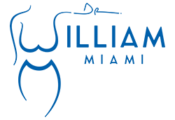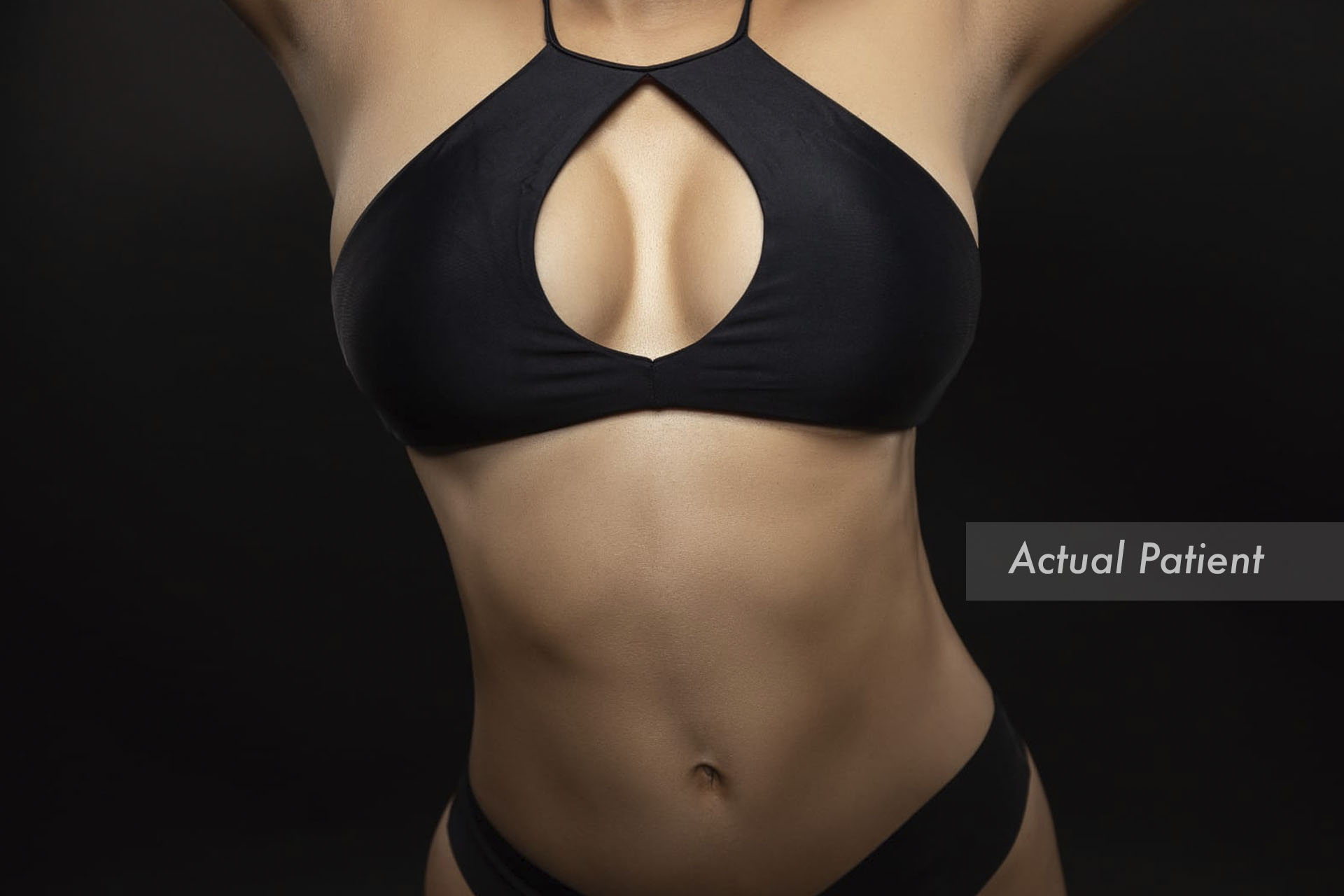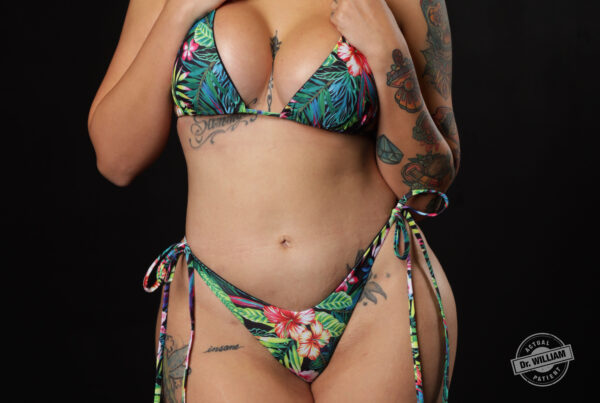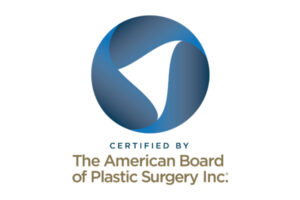How do wounds heal in the first place? Well, in the most straightforward terms, wounds heal through inflammation.
Skin is made of two layers – the epidermis, the top layer, and the dermis, the lower and thicker layer. Beneath both layers of skin is your fat, and once through the fat, you’ve reached the muscle. Understanding this anatomy is essential to learning how wounds heal.
Once an incision is made, your body sets up a chain reaction called a cascade, which is actually an inflammatory response. We’ve been so predisposed to believe that inflammation is harmful when in fact, it is a normal, healthy and vital part of the healing process.
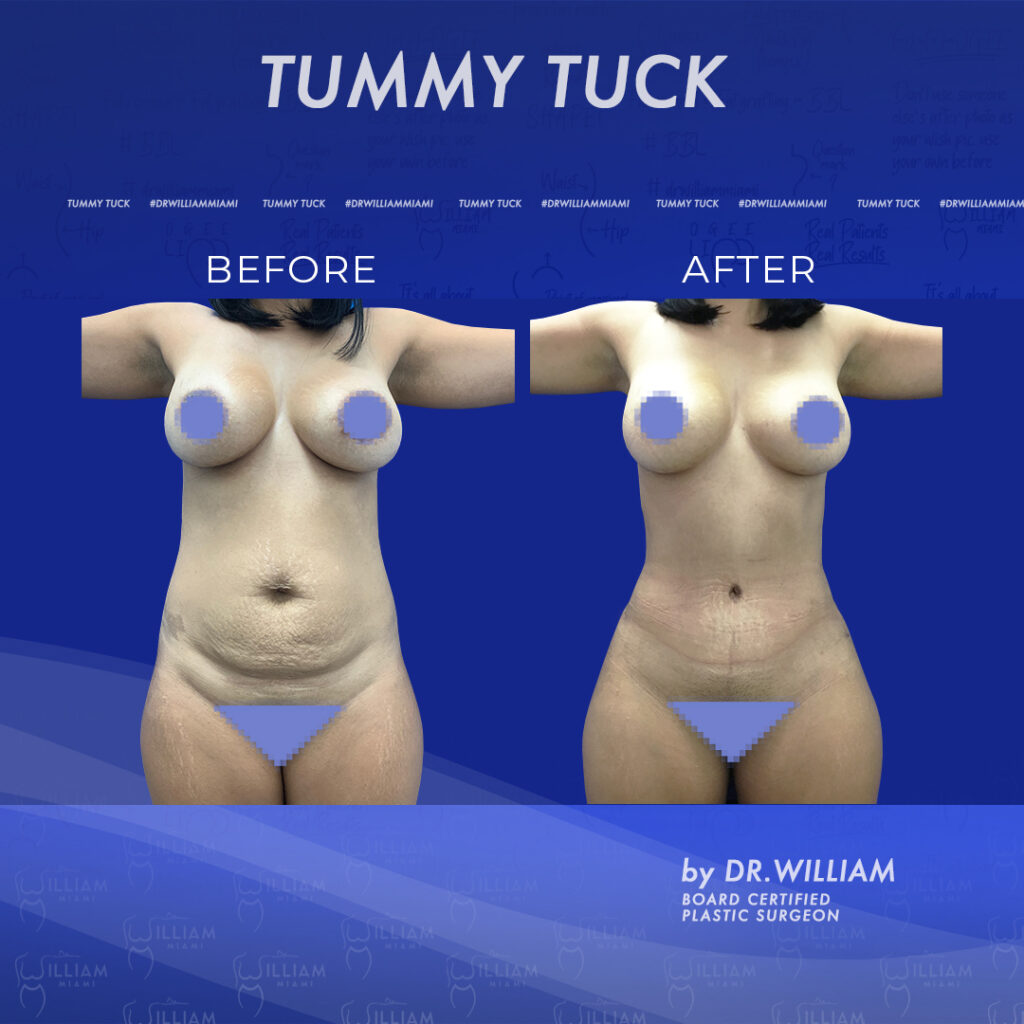
After an incision is made, the inflammatory cascade response begins, which encourages the cells traveling throughout your blood to move toward the wound site. Once these cells reach your incision, different cellular functions happen that jumpstart the healing process.
At the three-to-four-week mark, the incision is usually red and inflamed, which is entirely normal. Some people assume that an inflamed, red or just angry-looking incision site means there is an infection, and that usually just isn’t the case.
These responses happen because the cells from the cascade are released into the wound, and they overpopulate the area resulting in what’s referred to as the healing ridge. The cells overcrowd the site, and things like protein and collagen are deposited, which give it that lumpy, bumpy texture and the red appearance.
The incision site will be raised, red, inflamed and bumpy, but this is no reason to be alarmed. This is textbook healing and exactly how your body should respond during recovery.
After approximately a full 12 months, the healing ridge will begin to flatten. Once past the year mark, a good scar will be flat and match the color of your surrounding skin.
The cascade, ridge and complete length of time it takes for your wound to heal is the reason why we never conduct revisions before 12 months. It’s important to allow your body the full time it needs to recover before moving forward with any additional surgeries or revisions.
To see my depiction of the inflammatory cascade and healing ridge, please click here.
